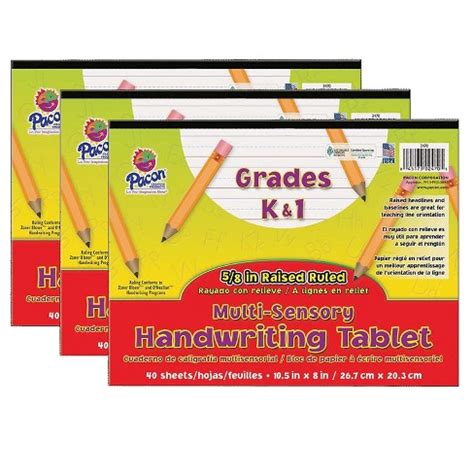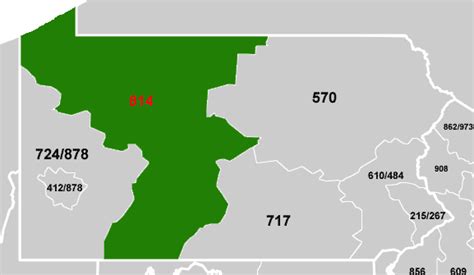Tab Ruling

Tab ruling, a fundamental aspect of print and document preparation, refers to the creation of lines or tabs on a page to guide the placement of text, numbers, or other elements. This technique has been crucial in various professional settings, including legal, financial, and administrative environments, where the precise alignment of information is essential for clarity and readability. The evolution of tab ruling reflects advancements in printing technology and software capabilities, transitioning from manual methods to automated processes that enhance efficiency and accuracy.
History and Development of Tab Ruling

The history of tab ruling dates back to the early days of printing, where manual typesetting and ruling pens were used to create lines on paper. This labor-intensive process was prone to errors and limited in its applications. The advent of printing presses and later, digital printing technologies, significantly improved the process, allowing for mass production of ruled papers with high precision. Today, tab ruling is not only used in traditional printing but also in digital documents, where software tools enable the easy creation and customization of tabbed layouts.
Types of Tab Ruling
There are several types of tab ruling, each designed to serve specific purposes. The most common include:
- Standard Tab Ruling: Used for general purposes, this type features evenly spaced tabs, ideal for note-taking, list-making, and basic data entry.
- Custom Tab Ruling: Allows for the creation of tabs at specific intervals tailored to the user’s needs, often used in legal, financial, and technical applications where precise data alignment is critical.
- Interleaved Tab Ruling: Involves alternating pages of ruled and blank paper, useful for note-taking and data entry applications where space for comments or calculations is needed between lines of text.
| Type of Tab Ruling | Description | Common Use |
|---|---|---|
| Standard | Evenly spaced tabs | General note-taking, lists |
| Custom | Tabs at specific intervals | Legal, financial, technical applications |
| Interleaved | Alternating ruled and blank pages | Note-taking, data entry with comment space |

Applications and Benefits of Tab Ruling

Tab ruling finds its application in a wide range of fields, including education, law, finance, and administration. The benefits of using tab ruling include enhanced readability, improved data organization, and increased efficiency in document preparation. In educational settings, tab ruling is used in worksheets and notebooks to help students keep their work organized. In legal and financial contexts, precise tab ruling is essential for the preparation of contracts, invoices, and other documents where accuracy and clarity are paramount.
Technological Advancements
The advent of digital tools and software has significantly impacted the field of tab ruling. Modern word processing and desktop publishing software offer advanced features for creating custom tab rulings, including the ability to specify tab stops, leaders, and alignment options. This flexibility allows users to tailor their documents to specific needs, enhancing both the aesthetic appeal and the functionality of the final product.
Key Points
- Tab ruling is a technique used to create lines or tabs on a page for guiding text or data placement.
- It has evolved from manual methods to automated digital processes, enhancing efficiency and accuracy.
- There are various types of tab ruling, including standard, custom, and interleaved, each serving specific purposes.
- Tab ruling is crucial in fields like education, law, finance, and administration for organized data presentation and enhanced readability.
- Modern software tools offer advanced features for customizing tab rulings, improving document preparation and management.
In conclusion, tab ruling is a fundamental aspect of document preparation that has undergone significant transformations with technological advancements. Its applications are diverse, ranging from educational to professional settings, where the precise organization and presentation of information are critical. As technology continues to evolve, the tools and techniques available for tab ruling will likely become even more sophisticated, further enhancing the efficiency and effectiveness of document management and data presentation.
What is the primary purpose of tab ruling in documents?
+The primary purpose of tab ruling is to guide the placement of text, numbers, or other elements on a page, enhancing readability and organization.
How has technology impacted the process of tab ruling?
+Technology has significantly impacted tab ruling by transitioning it from manual, labor-intensive processes to automated, digital methods that offer high precision, flexibility, and efficiency.
What are the common types of tab ruling and their applications?
+The common types include standard, custom, and interleaved tab ruling. Standard is used for general purposes, custom for specific interval requirements often in legal and financial applications, and interleaved for note-taking and data entry where space for comments is needed.



